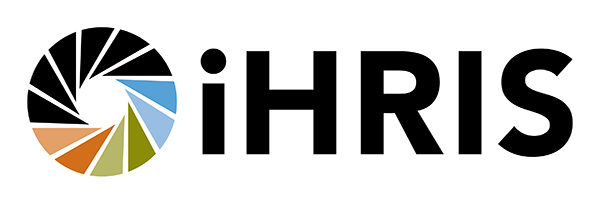Information Technology Transfer: Succeeding Where Others Have Failed
The critical need for strong information systems to manage and deliver better data about national health resources is widely acknowledged by development agencies, donors, the World Health Organization, the World Bank and USAID. Others have attempted to provide human resource information systems (HRIS) for developing countries, with little success. Understanding these failures has informed the development and field testing of our systems. We have succeeded because of how we work: using a holistic, five-element process that does not focus primarily on technology. Instead, we understand the context and needs of the country where we are deploying the HRIS, transfer ownership of the systems to the people who are using them and provide methods for sustaining and supporting the systems long after the Capacity Project has ended.
Holistic Systems Approach
One of the greatest single causes of technology transfer failure is the impulse to treat technology as the panacea. Deploying technology for technology's sake nearly always fails. Along with an improved information technology core, a supportive system must also be established. An approach such as our five-element process is the only way to ensure that technology is effectively transferred and serves the needs of decision makers to effectively use data to lead and manage. Using an iterative and adaptive methodology, we solicit feedback and gain success and sustainability at each turn before moving forward.
Intensively Consultative Process
Our leadership-building process is essential to identify and address the unexpected challenges of a plan prior to incurring significant costs. Given infrastructure and other context-specific challenges, we have learned to tap all available knowledge before strategizing about system improvements. We make it a priority to involve all stakeholders from the start. We define "stakeholder" broadly to include anyone who may produce or use human resources for health information.
Open Source Solutions
We embrace Open Source as a key to transfer technology. Large software companies like Oracle, Microsoft and SAS must by necessity charge high licensing fees in order to sustain profit margins. Such fees are unsustainable in the developing world. By developing the software products ourselves using free, Open Source technologies, and then offering those systems license-free to our clients, we can significantly reduce implementation costs and better ensure sustainability after our support has ended.
Linking Sustainability and Continuous Improvement
Technology transfer failures have also been characterized by a lack of sustainability planning. We have visited many ministries where functioning computers are stored in closets due to a lack of trained staff to operate them and keep them running. A sustainability plan is essential, but a sustainability plan must take into account that information system needs continually change. A deployed information system must be adaptive enough to quickly address the new questions and problems that arise as countries employ data-based solutions. Continuous improvement means not just trained support staff, but also trained decision makers, data collectors and managers, all linked through feedback loops to personnel who are able to adapt the system to meet new needs.
Information Technology Infrastructure Is Improving
Every country where we work is experiencing continual and rapid improvements in quality and speed of Internet connectivity, as well as steadily increasing availability of stable and clean power. Obstacles that were insurmountable only five years ago are diminishing. The time is right to develop and strengthen information systems in poorer countries.
